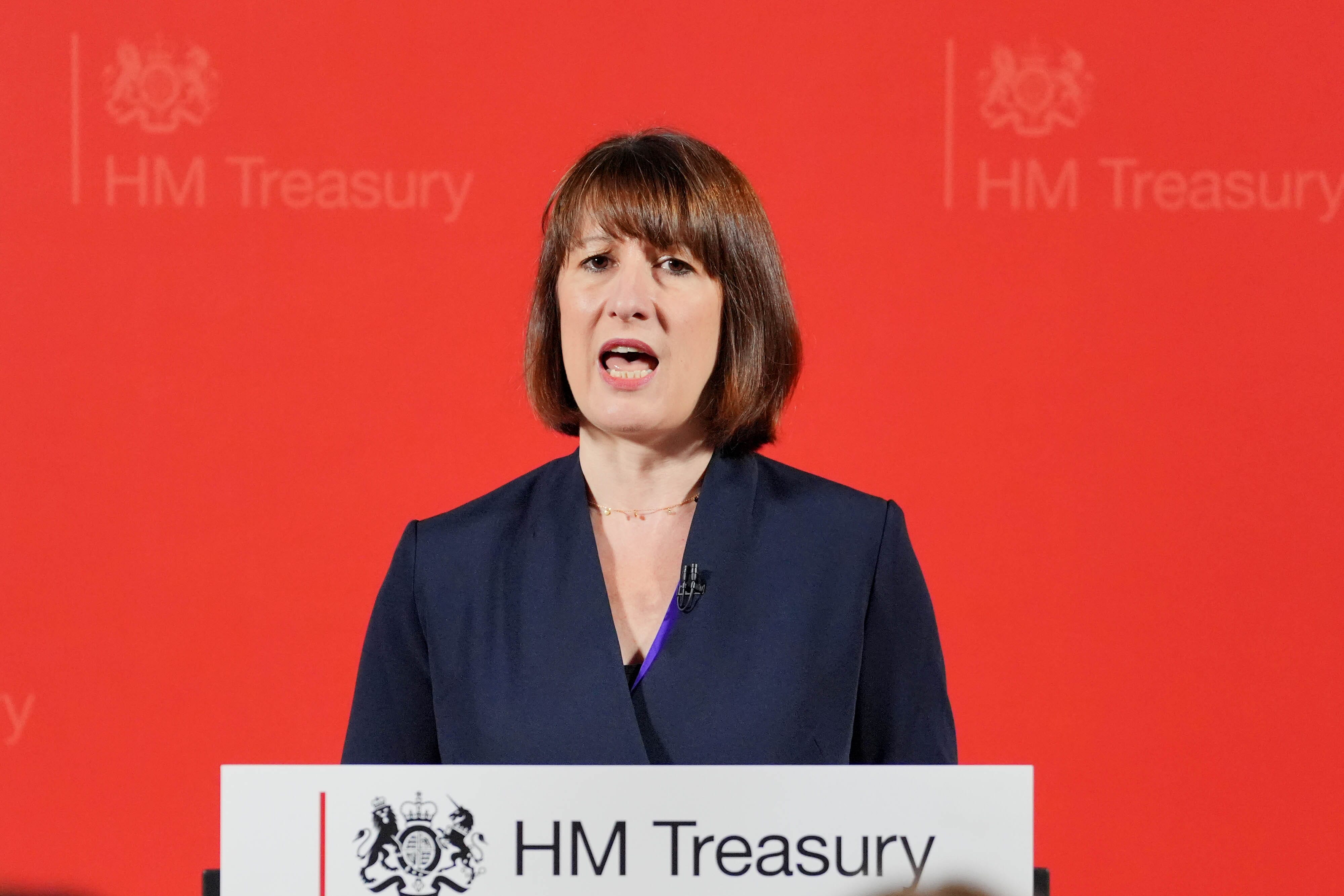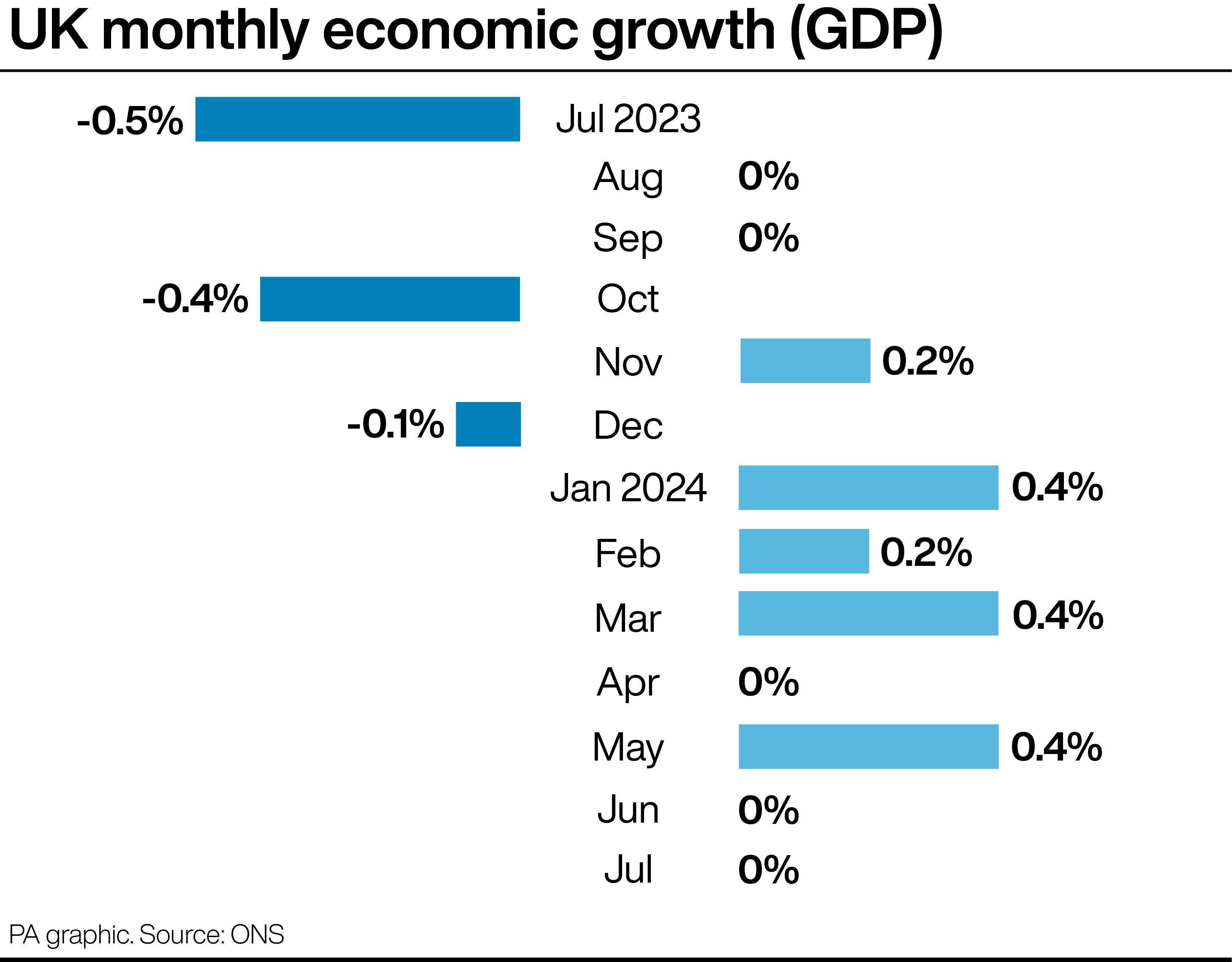UK national debt could reach nearly 300% of GDP in next 50 years, watchdog warns
Britain’s ageing population, climate change and rising geopolitical tensions all expected to put pressure on Treasury, OBR says

Your support helps us to tell the story
From reproductive rights to climate change to Big Tech, The Independent is on the ground when the story is developing. Whether it's investigating the financials of Elon Musk's pro-Trump PAC or producing our latest documentary, 'The A Word', which shines a light on the American women fighting for reproductive rights, we know how important it is to parse out the facts from the messaging.
At such a critical moment in US history, we need reporters on the ground. Your donation allows us to keep sending journalists to speak to both sides of the story.
The Independent is trusted by Americans across the entire political spectrum. And unlike many other quality news outlets, we choose not to lock Americans out of our reporting and analysis with paywalls. We believe quality journalism should be available to everyone, paid for by those who can afford it.
Your support makes all the difference.The UK’s national debt is on an “unsustainable path” and is set to nearly triple in relation to the economy over the next 50 years, the Office for Budget Responsibility has warned.
Public debt is currently at its highest since the early 1960s, sitting at a total of some £2.7 trillion – equating to around 99.7 per cent of gross domestic product (GDP).
But the fiscal watchdog warned on Thursday that the national debt is set to spiral to more than 270 per cent of GDP by the mid-2070s.
In its latest Fiscal Risks and Sustainability report, the OBR warned that an ageing population linked to the falling birth rate, fiscal costs from climate change and rising geopolitical tensions are all expected to put increased pressure on Treasury budgets.
While public spending is at nearly 45 per cent of GDP for the past fiscal year, its highest sustained level for almost 50 years, the OBR said these pressures could push spending to higher than 60 per cent over the next 50 years – despite state revenues being projected to stagnate at around 40 per cent of GDP.
“If these pressures and shocks were to materialise as we project, then governments would need to take mitigating policy action to prevent this debt spiral from occurring,” the OBR said.
It comes amid warnings from the chancellor Rachel Reeves that the public finances already face a £22bn “black hole”, as the country braces for tax increases and spending cuts in the upcoming budget, following her announcement of the winter fuel payment cut for most pensioners.
The latest projection showed that health spending is particularly likely to soar over the coming decades, with projections it will grow from 7.6 per cent of GDP to 14.5 per cent over the next 50 years.

Spending on state pensions is on track to rise from 5.2 per cent to 7.9 per cent of GDP, while net interest spending is estimated to quadruple from 2.8 per cent to 11.3 per cent of GDP as the stock of debt increases.
Chief secretary to the Treasury Darren Jones said: “The OBR has laid bare the shocking state that our public finances were left in by the previous government.
“That’s why this government began work immediately to address the inheritance with tough choices on spending alongside ambitious action to drive growth.”
Additional reporting by PA
Join our commenting forum
Join thought-provoking conversations, follow other Independent readers and see their replies
Comments